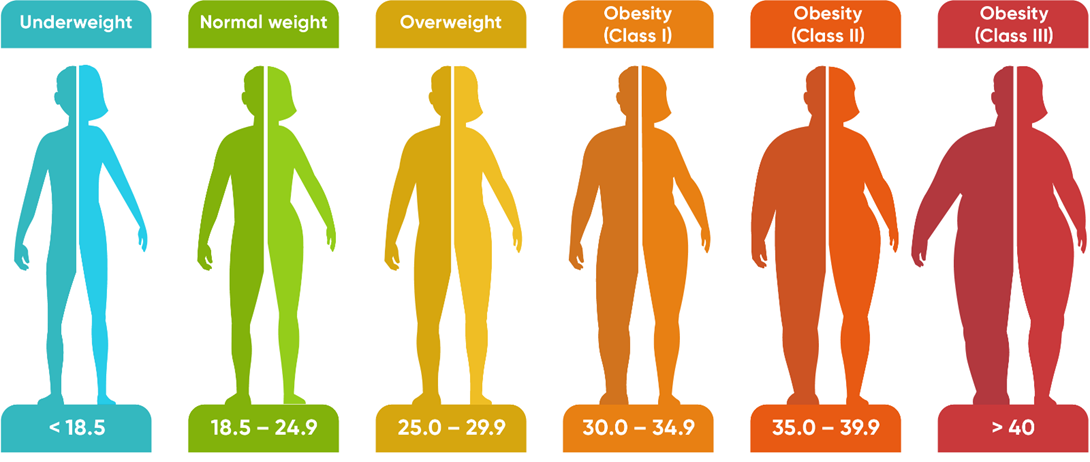A nurse is providing discharge teaching for a client who has iron deficiency anemia. Which of the following information should the nurse include?
Drinking orange juice with iron supplements can decrease absorption.
Cooking in a stainless steel skillet increases the amount of iron in the food.
Drinking iced tea with meals can increase the amount of iron absorbed.
Fish and poultry are primary sources of heme iron.
The Correct Answer is D
Choice A reason: Drinking orange juice with iron supplements can increase absorption, not decrease it. Orange juice is rich in vitamin C, which enhances the absorption of non-heme iron, the type of iron found in plant foods and supplements. The nurse should advise the client to take iron supplements with a source of vitamin C, such as orange juice, strawberries, or tomatoes.
Choice B reason: Cooking in a stainless steel skillet does not increase the amount of iron in the food. Stainless steel is not a good conductor of iron and does not leach iron into the food. The nurse should suggest the client to use a cast iron skillet instead, which can add iron to the food, especially acidic foods like tomatoes or citrus fruits.
Choice C reason: Drinking iced tea with meals can decrease the amount of iron absorbed, not increase it. Iced tea contains tannins, which are compounds that bind to iron and inhibit its absorption. The nurse should recommend the client to avoid drinking tea, coffee, or other beverages that contain tannins with meals, and to drink them between meals instead.
Choice D reason: Fish and poultry are primary sources of heme iron, which is the type of iron found in animal foods and is more easily absorbed by the body. The nurse should encourage the client to eat more foods that are high in heme iron, such as fish, poultry, meat, and eggs.
Nursing Test Bank
Naxlex Comprehensive Predictor Exams
Related Questions
Correct Answer is B
Explanation
Choice A reason: Bran cereal is high in phosphorus, containing about 34% of the DV per cup (118 g) ( 1 ). Phosphorus is a mineral that helps build strong bones and teeth, but too much of it can cause problems for people with kidney disease. The kidneys normally filter out excess phosphorus from the blood, but when they are damaged, phosphorus can build up and cause bone loss, itching, and calcification of blood vessels and organs ( 2 ).
Choice B reason: A medium apple is low in phosphorus, containing only 3% of the DV per 182 g ( 3 ). Apples are also a good source of fiber, vitamin C, and antioxidants. They can help lower blood pressure, cholesterol, and blood sugar levels, which are beneficial for people with kidney disease ( 4 ).
Choice C reason: Scrambled eggs are moderate in phosphorus, containing about 12% of the DV per large egg (50 g) ( 5 ). Eggs are also high in protein, which can increase the workload of the kidneys and worsen kidney function. People with kidney disease should limit their protein intake to 0.8 g per kg of body weight per day, unless advised otherwise by their doctor ( 6 ).
Choice D reason: Ground turkey is high in phosphorus, containing about 16% of the DV per 3 oz (85 g) ( 7 ). Ground turkey is also high in protein, which can have the same negative effects as eggs on kidney function. People with kidney disease should choose lean meats and poultry, and eat them in moderation.
Correct Answer is B
Explanation
Choice A reason: Weight gain of 0.45 kg (1 lb) per week is not within the expected reference range for a client who is in the second trimester of pregnancy and has a normal BMI. The recommended weight gain for this client is 0.35 to 0.5 kg (0.8 to 1 lb) per week.
Choice B reason: Intake of 200 extra calories per day is within the expected reference range for a client who is in the second trimester of pregnancy and has a normal BMI. The recommended caloric intake for this client is 2200 to 2900 calories per day, which is about 340 to 450 calories more than the pre-pregnancy intake.
Choice C reason: Intake of 100 extra calories per day is not within the expected reference range for a client who is in the second trimester of pregnancy and has a normal BMI. The recommended caloric intake for this client is 2200 to 2900 calories per day, which is about 340 to 450 calories more than the pre-pregnancy intake.
Choice D reason: Weight gain of 0.91 kg (2 lb) per week is not within the expected reference range for a client who is in the second trimester of pregnancy and has a normal BMI. The recommended weight gain for this client is 0.35 to 0.5 kg (0.8 to 1 lb) per week.

Whether you are a student looking to ace your exams or a practicing nurse seeking to enhance your expertise , our nursing education contents will empower you with the confidence and competence to make a difference in the lives of patients and become a respected leader in the healthcare field.
Visit Naxlex, invest in your future and unlock endless possibilities with our unparalleled nursing education contents today
Report Wrong Answer on the Current Question
Do you disagree with the answer? If yes, what is your expected answer? Explain.
Kindly be descriptive with the issue you are facing.
